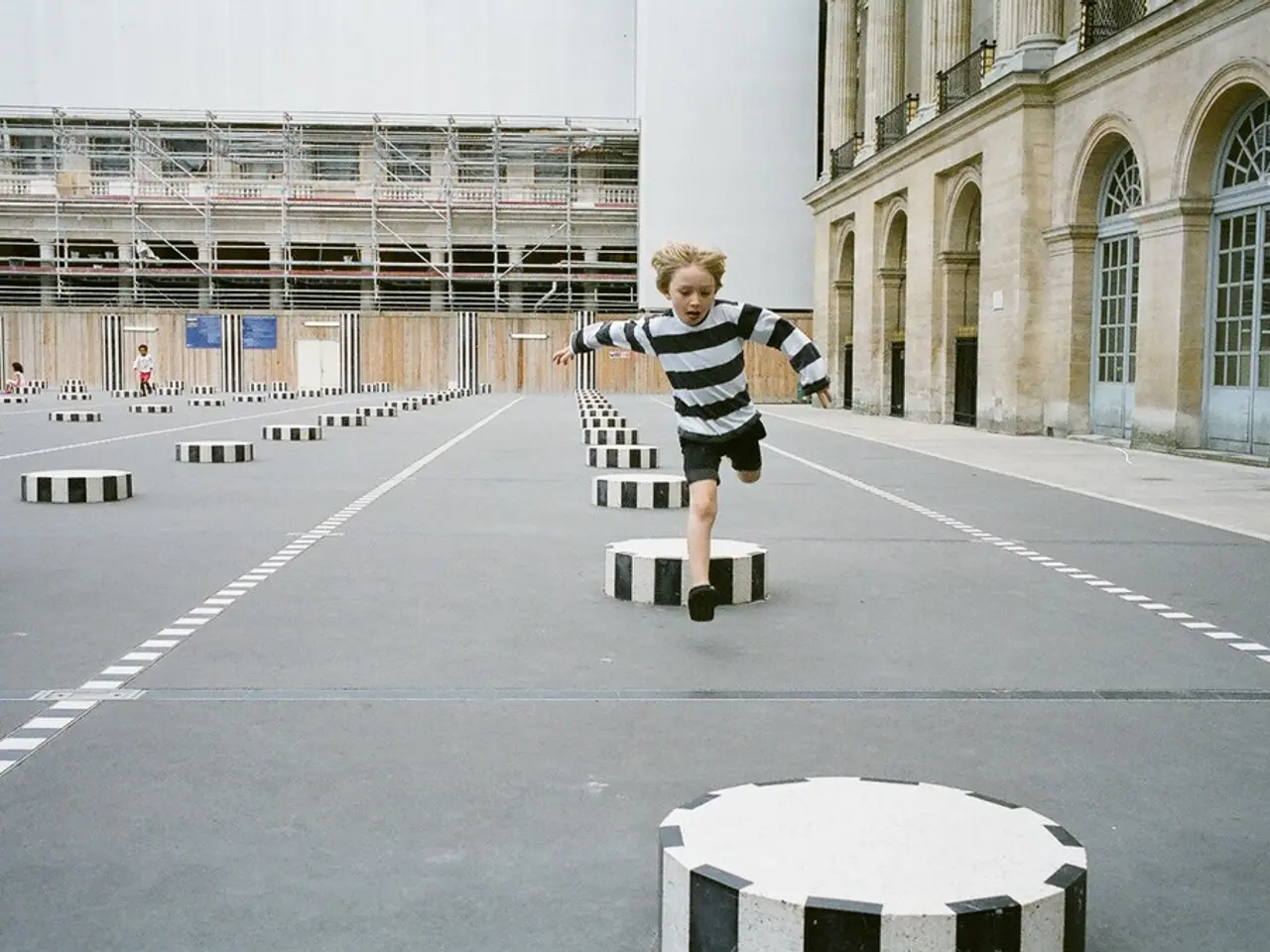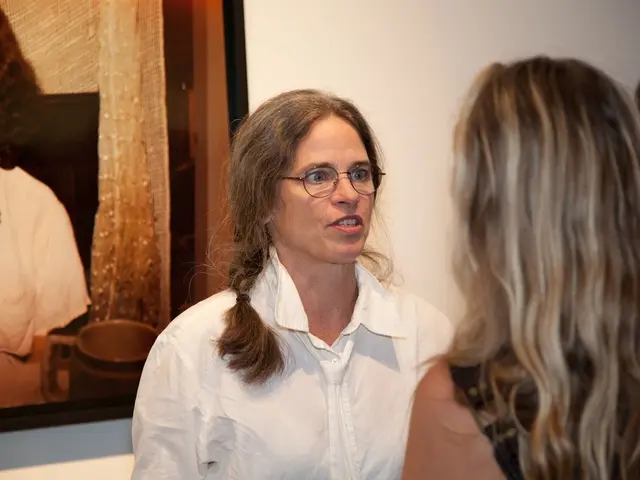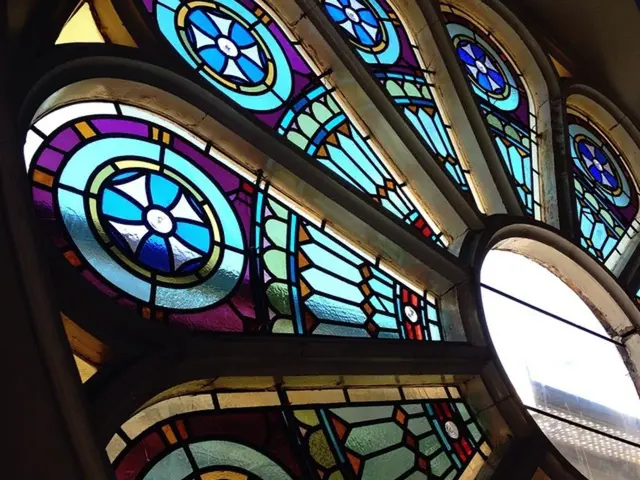Encouraging Engagement and Education for Kids: Nurturing Knowledge Development
**Article Title: The Power of Experiential Learning in Early Childhood Education**
Experiential learning, a teaching method that emphasizes learning through direct experience, doing, trying, building, and reflecting, is gaining popularity in early childhood education. This approach, which was formally established in the early 1980s, aligns with children's natural curiosity and desire for exploration.
The Children's Museum, for instance, designs exhibits to bring learning to life, encouraging children to explore physical principles through direct engagement with real materials and practical challenges. One such exhibit, Orbit Drop, transforms abstract physics concepts into something tangible, allowing children to observe how slope, curvature, and gravity influence movement and begin to grasp momentum, acceleration, and the effects of height through experimentation.
Similarly, Flight Lab offers air-powered cannons and paper airplanes, enabling children to experiment with force, resistance, and design. In "Levitate!", children make scarves and objects float in vertical wind tunnels, experimenting with air resistance and lift without needing formal vocabulary. These hands-on experiences allow children to express their creativity and imagination, fostering artistic and innovative thinking.
Experiential learning offers several benefits in early childhood learning. Children are more likely to be engaged and motivated when they are learning through hands-on experiences, as this approach aligns with their natural curiosity and desire for exploration. It also improves problem-solving skills, as children confront and solve problems in a practical context, developing their critical thinking abilities.
Moreover, experiential learning encourages children to develop better social skills through shared experiences and collaborative activities, promoting cooperation, communication, and conflict resolution. It also aids in the development of creativity and imagination, allowing children to express themselves more freely.
Experiential learning supports deeper understanding and retention, as children learn concepts firsthand. This method shares similarities with play-based pedagogy, which also emphasizes active engagement and learning through play.
To implement experiential pedagogy effectively in early childhood education, educators can design hands-on activities, encourage reflection, foster collaboration, and provide constructive feedback. By integrating experiential pedagogy into early childhood learning, educators can create a more engaging, effective, and enjoyable educational environment that supports the holistic development of young children.
Modern brain research supports the idea that movement and practical exploration are essential for learning, especially in early childhood. A 2020 study found that children who engaged in hands-on science scored significantly higher in language development and executive function. Experiential learning in physics helps children develop a real intuition about movement and energy, according to Professor Elena Rossi.
Experiential learning can be encouraged at home with cardboard ramps, kitchen science experiments, or open-ended building materials. By guiding children's body movements, parents can play a crucial role in preparing them to learn new concepts.
In conclusion, experiential learning offers a unique and effective approach to early childhood education. By engaging children in hands-on, real-world activities and encouraging reflection, we can foster a lifelong love of learning and support the holistic development of young minds.
Children's personal growth and learning can be significantly enhanced through experiential education-and-self-development methods during early childhood, as they align with children's natural curiosity and desire for exploration, thereby fostering artistic and innovative thinking and improving problem-solving skills. By engaging in experiential learning activities at home, such as cardboard ramps, kitchen science experiments, or open-ended building materials, parents can support their children's experiential learning and ultimately contribute to their overall development.




